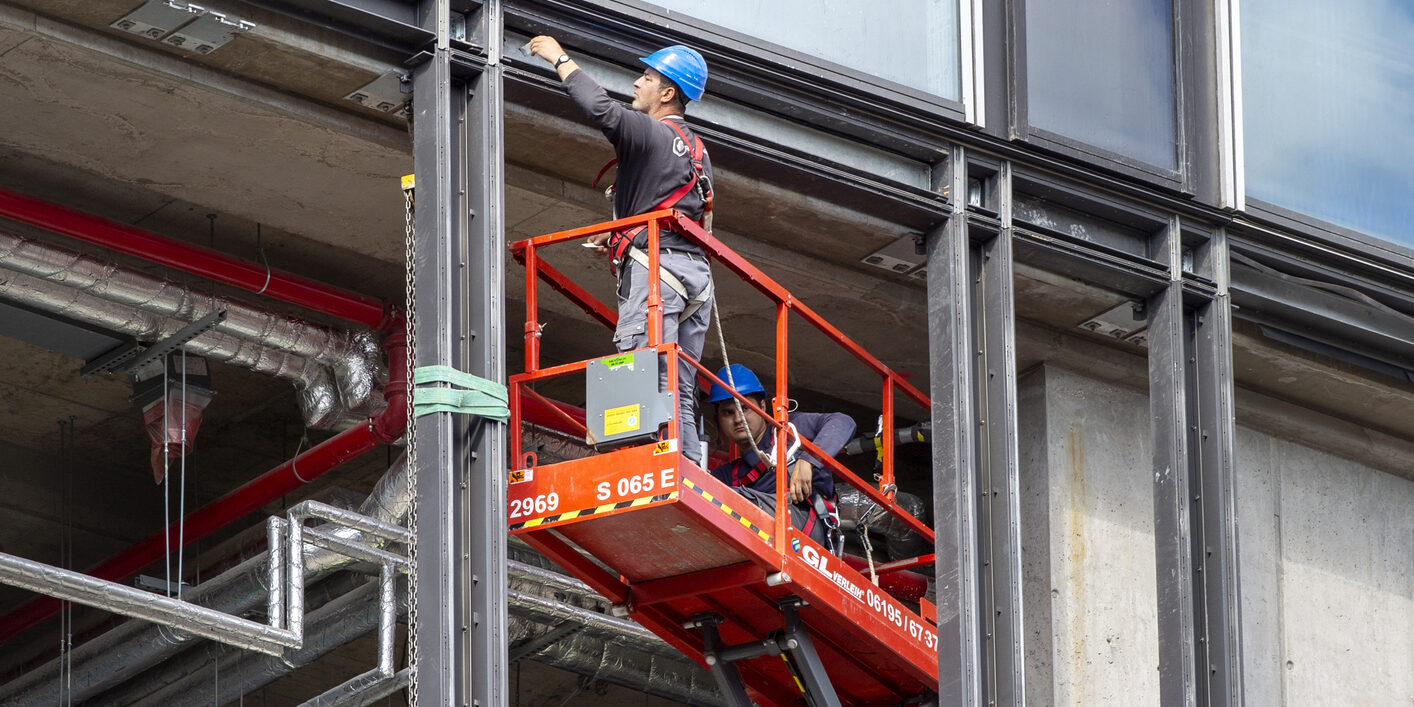
Negligence and Gross Negligence: What's the Diff?

We often encounter language in our contracts with clients that includes the legal concepts of negligence and gross negligence. These terms are typically found in the indemnity clause of a contract and can also appear in exclusions in limitation of liability and waiver of consequential damages clauses, but what do they actually mean?
Negligence
The Iegal definition of negligence is made up of four distinct elements. First, there needs to be a duty owed to the party who is claiming negligence. A duty can be established by contract, a duty to exercise reasonable care, and even customary norms. DG's professional services are measured by an industry standard of care which is that degree of care and skill ordinarily exercised by those practicing the same profession, under the same circumstances, and in the same location. In other words, the measure of DG's services is subject to evaluation by its peers.
Second, for negligence to be established there needs to be a breach of a duty owed to the claimant. If a claimant establishes evidence through expert witness opinion that DG's services fell below its standard of care, DG can be found negligent.
Third, a claimant needs to establish that the damages they are claiming were caused by the party they allege was negligent. DG's projects often have over 100 subcontractors working on them, as well as other parties hired directly by our Owner clients. By way of a somewhat silly example, our client's office cleaning vendor should not be held responsible for damages caused by a plumbing contractor's defective installation of plumbing fixtures as the cleaning vendor did not cause the Owner's damages.
Fourth, the claimant must suffer damages to prevail on a negligence claim. A prime example in our business is if DG prepares drawings and specifications for a project and they contain several deficiencies that are not caught until after construction. The Owner in this case would be entitled to recover the monetary damages they sustained in having to pay a contractor to de-install and re-install what was constructed. On the other hand, if the claimant incurs no monetary damages, they cannot prevail on a negligence claim. To illustrate where this might occur is if DG corrects errors and omissions that it catches in its designs before construction at no cost to the Owner and no further damages flow from the same errors and omissions. In this case, the Owner should not be able to recover monetary damages.
Gross Negligence
Gross negligence is also a breach of the duty of care, but unlike ordinary negligence, gross negligence is so severe of a breach that it constitutes recklessness. Reckless conduct implies that a party was aware - or should have been aware - that their actions would harm another person, yet they still chose to act. Gross negligence can best be described as conscious conduct that is so careless that it appears deliberate.
Gross negligence is commonly alleged in cases involving personal injury and fatalities on construction projects. The following case illustrates how a jury found a General Contractor to be grossly negligent when a worker for a glass subcontractor fell ten stories to his death while working on a hospital construction project in Texas. The Court of Appeals affirmed the trial court's award of $7.9 million in compensatory damages and $5 million in punitive damages. The Court concluded that (1) the General Contractor retained the right to control its subcontractor's fall protection measures and thus owed a duty to the worker, (2) the General Contractor's failure to ensure adequate fall-protection measures proximately caused the worker's fall, and (3) the General Contractor was grossly negligent.
The Court found gross negligence on the part of the General Contractor because it would be apparent to anyone in the General Contractor's position that there was an extreme risk of serious injury to anyone working on the tenth floor of the building where the only fall protection observed was a safety belt and lanyard when there should have been an independent lifeline. As further evidence of the General Contractor's gross negligence, a representative for the General Contractor testified that they were aware of the inadequate fall protection used by the worker, but consciously chose to do nothing about it.
Key Takeaway
While DG has an excellent safety program and record and our safety professionals assume great responsibility for the health and safety of persons on our projects, the above case is a stark reminder that if someone is injured or dies on one of our projects, our conduct and practices leading up to the injury or death will be closely scrutinized. Deviations from observing safety rules and regulations, conduct that does not conform to applicable safety policies and procedures (including those of our own), and an attitude of indifference can result in a finding of gross negligence. A gross negligence verdict can result in excessive punitive damages above and beyond direct damages typically associated with ordinary negligence.









